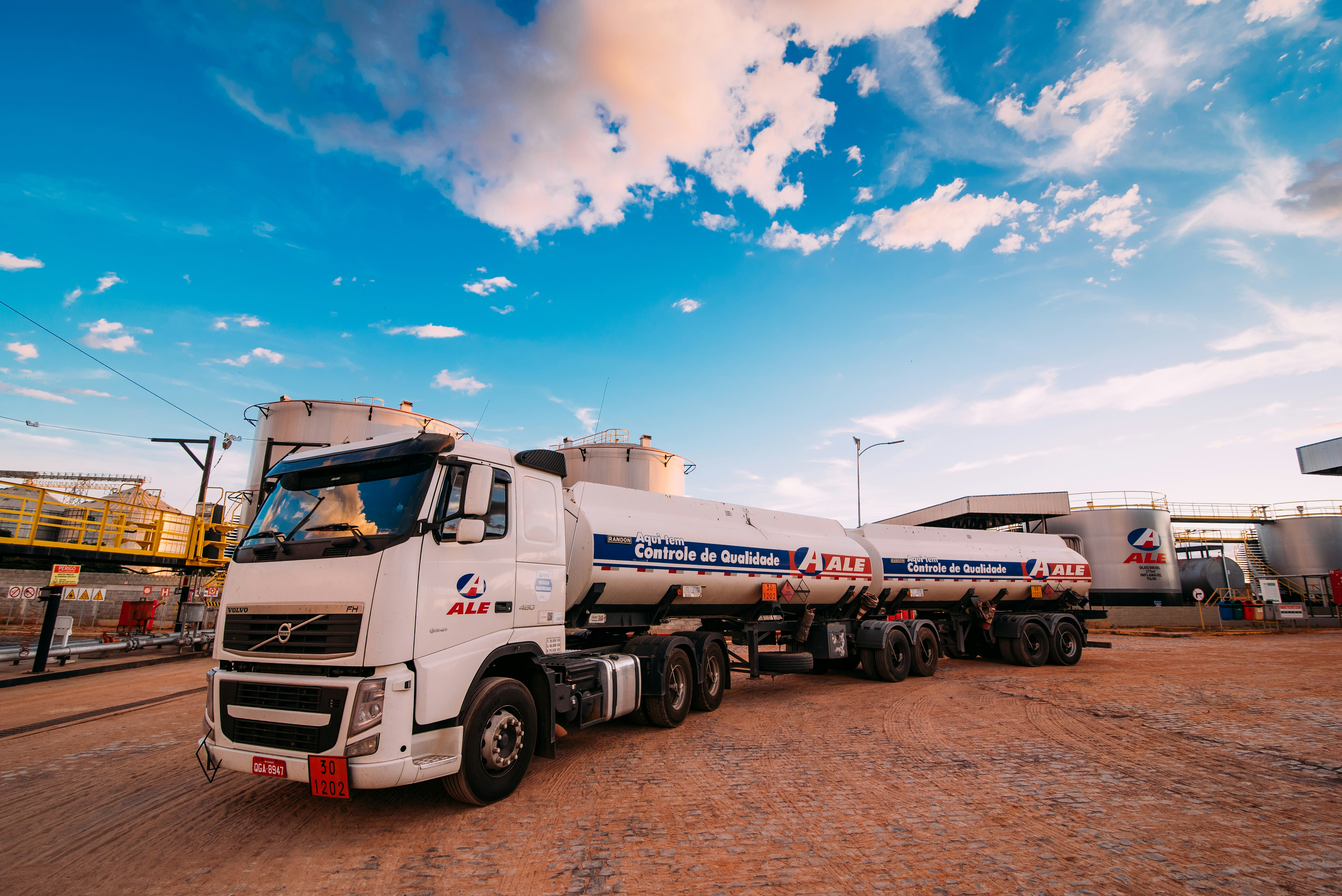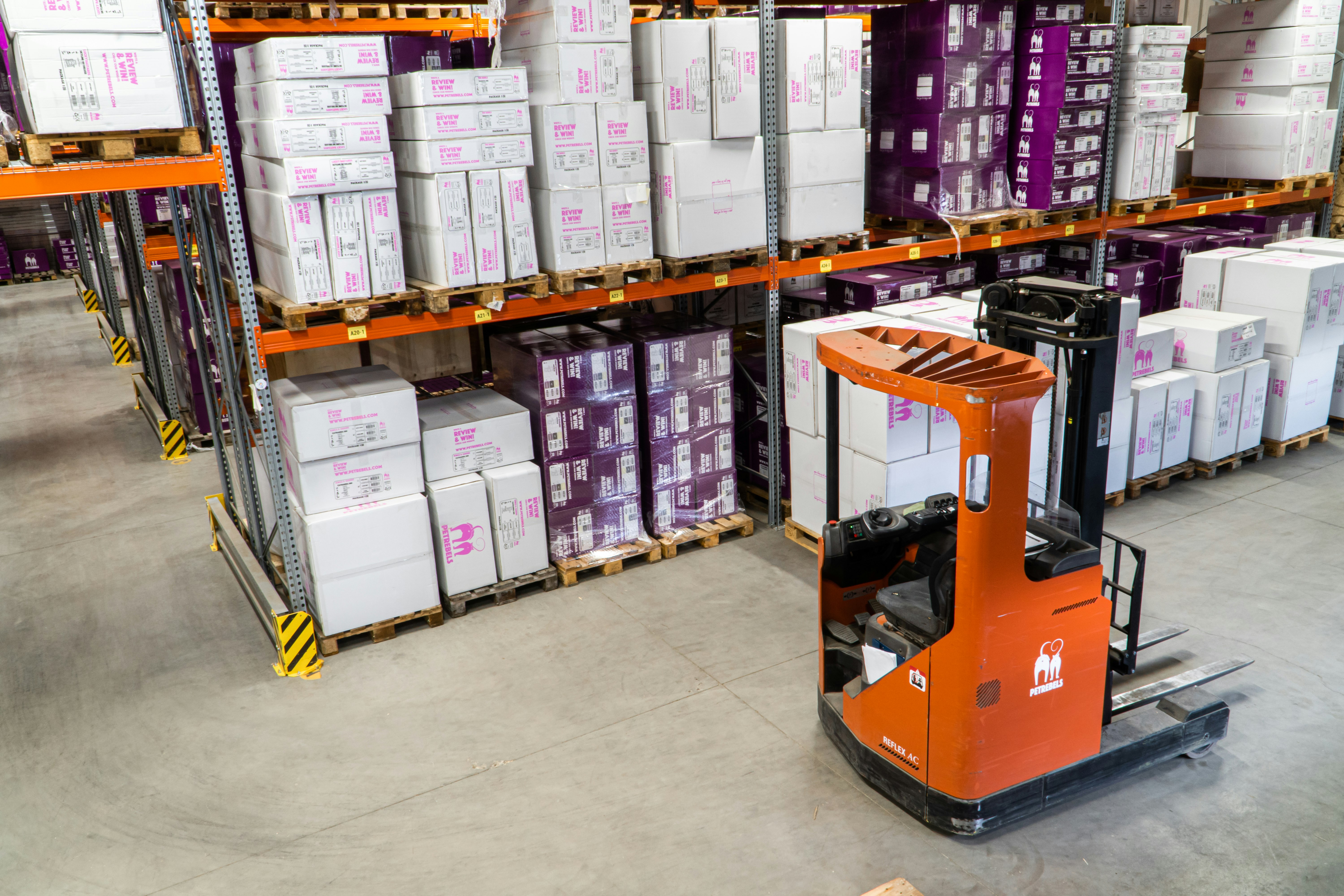One of the key drivers behind the adoption of robotics in supply chain management is the need to meet the growing demand for e-commerce and online shopping. The COVID-19 pandemic accelerated this shift, pushing companies to look for innovative solutions to optimize fulfillment processes while ensuring safe and timely deliveries. AMRs offer a promising solution by reducing labor costs, increasing productivity, and working safely alongside humans.
E-commerce giants like Amazon have been at the forefront of developing their own automation technologies. They have introduced robots such as "Bert," a robotic arm for delivering containers, and "Ernie," an autonomous mobile robot for carrying items. These robots aim to minimize physical strain on workers and speed up order fulfillment.
However, not all companies have the resources to develop their own automation technologies. Many are turning to suppliers like Seegrid, which offer a wide range of AMRs for various applications in warehouses and distribution centers. The adoption of AMRs is driven by their versatility, as they can perform tasks such as picking and putaway, assembly, and material handling.
The benefits of deploying AMRs in supply chain management go beyond labor cost reduction and increased efficiency. These robots also contribute to the resilience of supply chains by minimizing human error in repetitive tasks and enhancing operational productivity. As a result, companies can optimize operations, maximize efficiency, and achieve high returns on investment.
The growth potential of the robotics industry in supply chain management is significant. According to Allied Market Research, the global market for robotics in this sector is projected to reach $117.89 billion by 2027, with a compound annual growth rate of 23.6%. Various industries, including retail, e-commerce, manufacturing, and logistics, are increasingly demanding automation to meet the challenges of the evolving market.
To support the development and adoption of robotics in supply chain management, technology giants like Amazon Web Services (AWS) have launched initiatives to provide comprehensive solutions. AWS IoT RoboRunner, for example, offers a new service for building and deploying robotic fleets from various manufacturers. The platform enables centralization of data, task tracking, and optimization of robot performance.
Furthermore, AWS has partnered with MassRobotics to establish the AWS Robotics Startup Accelerator. This program offers selected early-stage startups mentorship and training from robotics experts. The collaboration aims to foster innovation and facilitate the creation of best-in-class products to meet the industry's evolving needs.
Despite the potential benefits offered by robotics in supply chain management, there are challenges to widespread adoption. One major obstacle is the cost of implementing robotic systems. However, as competition in the robotics sector increases, costs are expected to decrease, making robotics more accessible to mid-sized warehouses and distribution centers.
Another challenge is the integration of robotics into existing warehouse infrastructure and workflows. Companies need to carefully plan and design their automation strategies to ensure a seamless transition and maximize the benefits of robotics. Collaboration between supply chain professionals and robotics experts is crucial to identifying specific needs and implementing effective solutions.
In conclusion, the future of robotics in supply chain management promises significant advancements in optimizing warehouse operations and meeting the demands of the e-commerce era. The adoption of AMRs and other robotic technologies offers companies the opportunity to reduce costs, increase productivity, and enhance operational efficiency while ensuring safe and timely deliveries. With continued technological advancements and collaboration between industry experts, the role of robotics in supply chain management is set to grow, revolutionizing the way companies operate in the global marketplace.[1][2]




















